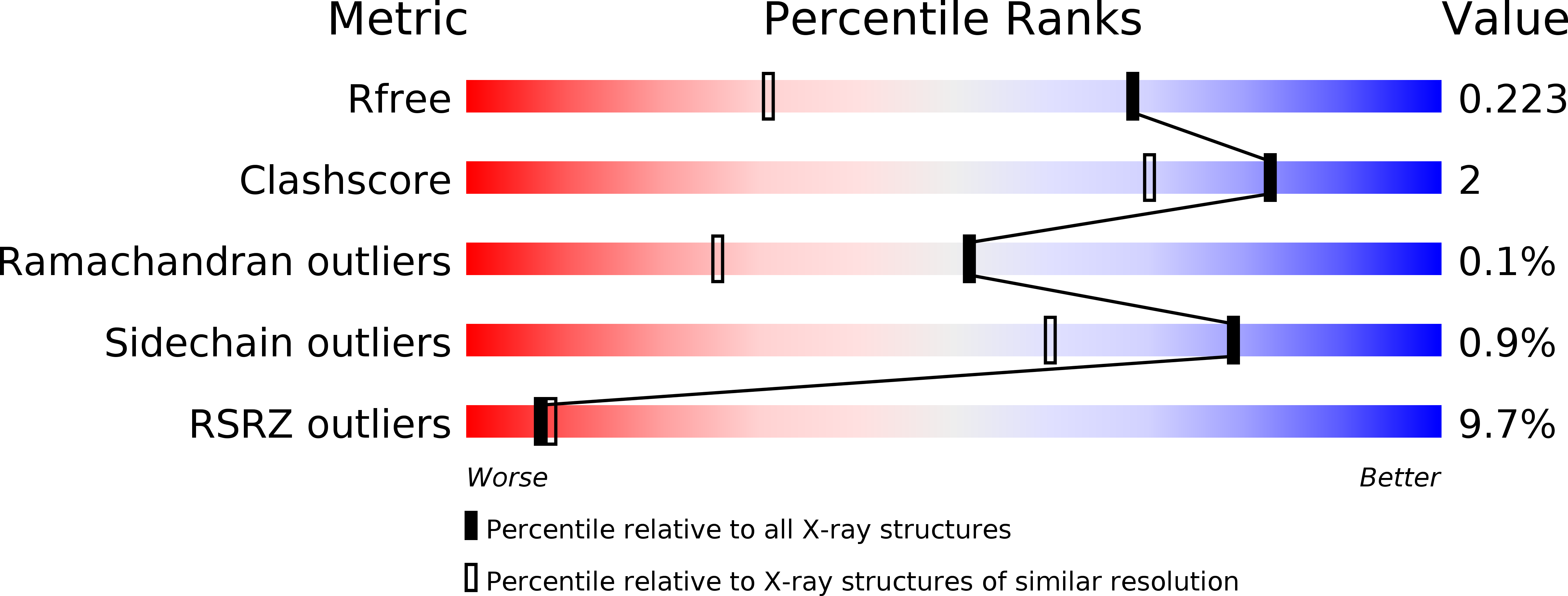
Deposition Date
2018-02-26
Release Date
2019-03-13
Last Version Date
2024-05-08
Entry Detail
PDB ID:
6FU1
Keywords:
Title:
Crystal structure of Schistosoma mansoni HDAC8 complexed with a n-alkyl hydroxamate
Biological Source:
Source Organism:
Schistosoma mansoni (Taxon ID: 6183)
Host Organism:
Method Details:
Experimental Method:
Resolution:
1.55 Å
R-Value Free:
0.22
R-Value Work:
0.19
R-Value Observed:
0.20
Space Group:
P 1


